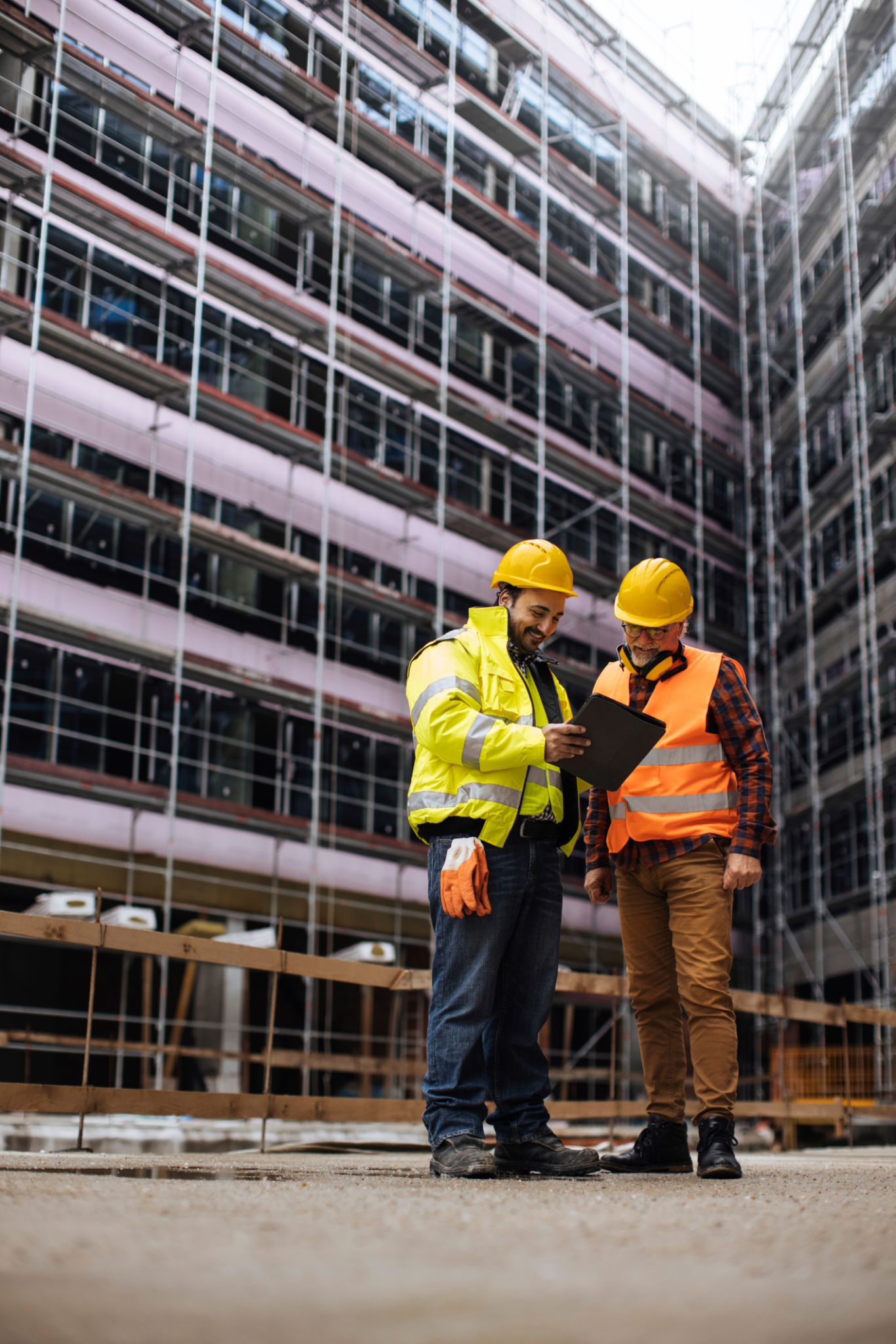Transforming Vacant Offices into Vibrant Living Spaces: A Step-by-Step Guide
AP
Understanding the Potential of Vacant Offices
As the dynamics of work continue to evolve, many office spaces are left underutilized, presenting a unique opportunity for transformation into vibrant living spaces. This shift not only maximizes the use of existing infrastructure but also helps to address the growing demand for residential areas in urban settings.
Repurposing vacant offices can breathe new life into otherwise dormant spaces, creating modern and efficient living environments. This guide will walk you through the essential steps to successfully convert office spaces into homes, ensuring a seamless transition from commercial to residential use.

Assessing Structural Feasibility
The first step in transforming an office into a living space is to assess the structural feasibility of the conversion. Engage with architects and engineers to evaluate the building's layout, load-bearing walls, and overall stability. This assessment will determine the extent of modifications required and help in planning the living space layout.
Consider factors such as ceiling height, natural light availability, and existing amenities like elevators and staircases. These elements can significantly influence the design and functionality of the future living space.
Setting a Realistic Budget
Budgeting is crucial when converting office spaces into homes. Begin by outlining the costs associated with structural changes, interior design, and any necessary permits or inspections. It's essential to set a realistic budget that accommodates unexpected expenses while still meeting design goals.
Work closely with contractors and designers to obtain detailed cost estimates and timelines. Transparency in financial planning will help avoid delays and ensure a smooth renovation process.

Designing for Modern Living
Once the structural assessments and budgeting are complete, focus on designing the interior for modern living. Incorporate open floor plans that maximize space usage and create a sense of openness. Utilize multifunctional furniture and smart storage solutions to enhance practicality in smaller areas.
Pay attention to natural lighting and ventilation, as these elements contribute significantly to a comfortable living environment. Consider installing large windows or skylights where possible, and use light colors to reflect natural light and create a bright atmosphere.
Obtaining Necessary Permits
Before commencing any renovations, ensure all necessary permits are obtained from local authorities. This step is crucial for compliance with building codes and regulations. Consult with legal experts to navigate the permit process smoothly, ensuring that all modifications meet safety and zoning requirements.
Executing the Transformation
With plans approved and permits in hand, begin executing the transformation. Engage experienced contractors who specialize in residential conversions to ensure quality craftsmanship. Regularly monitor the progress and communicate effectively with all parties involved to address any issues promptly.

Consider sustainability in your renovation efforts by using eco-friendly materials and incorporating energy-efficient systems. This approach not only benefits the environment but can also reduce long-term living costs for future residents.
Final Touches and Staging
The final phase involves adding personal touches and staging the space to showcase its full potential. Decorate with modern furnishings, art pieces, and plants to create an inviting and vibrant atmosphere. Staging helps prospective tenants visualize themselves living in the space, making it an essential step in attracting interest.
Once staged, it's time to market the newly transformed living spaces. Utilize online platforms and social media to reach a wider audience, highlighting the unique features and benefits of living in a converted office space.
